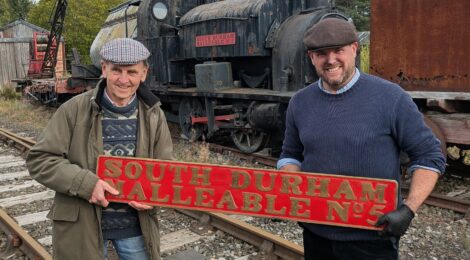
A healthy case of collections management…
Whilst these pages are described as a blog, they usually contain news of restoration, repairs and events. I thought that, for a change, I might follow a more conventional blog format to discuss an area of museum activity that can often be a little tricky to navigate and certainly one where ‘hearts and minds’ can be an unusual consideration. The subject is that of museum disposals, and the hearts and minds is the perception that this may cause those outside the process to have of it. It is also important to discuss why this process is essential to museums, and why it follows a particular route in terms of governance, to prevent abuse of the system or the loss of precious material.
What is also important to understand, however, is that disposals also mean opportunity – for the disposer, the receiver and the artefacts themselves. It is also equally important to understand that ‘disposal’ doesn’t mean scrapping or throwing away. I’ll outline this here by reference to some recent examples, where we have de-accessioned (i.e. removed from our register of museum collection assets) items of railway rolling stock, a disposal process that was vetted by our board of trustees, and passed these into the hands of an organisation more appropriate for their long-term ownership and care. I’ll also show some examples of where Beamish has benefited from such arrangements, where other collections have sought to dispose of or transfer items from its care, to the museum here.
Below: In 2011 this Baguley/McEwen Pratt petrol locomotive, works number 680 built in 1916, was transferred to the Statfold Barn Railway Trust. The locomotive had been an early artefact in the Beamish collection, but was immediately placed on loan to the Bahamas Locomotive Society and displayed at Dinting Railway Centre until the site there closed in 1990. Jacob (as the locomotive was named – due to it’s longest owner in industrial use being the Jacob Biscuit Factory) was then moved to Beamish. Whilst complete, it was unrestored and in deteriorating condition and with no link to the north east, and of no practical operational use at Beamish, it was transferred to Statfold Barn, close to the locomotives place of manufacture. There, it was restored to the condition shown below, and it remains on display at Statfold Barn.
The first view shows it at Beamish in 2011, whilst the latter was taken at Statfold Barn three years later.
Disposals and Transfers
The Museums Association have a disposal toolkit available online, which succinctly describes the rationale for having a proactive disposal policy and the background against which such judgements are inevitably made. In opening, it states that:
“If museums are to be financially and environmentally sustainable, and relevant to the communities we serve in the 21st century, we must take an immediate and proactive approach to collections management and review. Ethical transfer, disposal, reuse and deaccessioning are everyday and necessary parts of a sustainable collections management approach and the need for this work is urgent. Museums must do their part to address the climate crisis for the benefit of society through their collections management practices.
Museum stores can have a significant number of items which have low cultural or research value. If these items are not being used then it is important that resources and capacity are redirected to other parts of the collection. Museums hold their collections in trust for the public and have the responsibility of managing and preserving them for use now and in the future. Museums also have a responsibility to ensure that their collections remain relevant and manageable. Removing items from museum collections is vital to ensure that museums are able to maintain and create relevant and dynamic collections, while avoiding becoming a permanent store for items which no longer meet the needs of the communities they serve.”
Our most recent process of de-accessioning objects has led to the opportunity to transfer a number of artefacts to more suitable homes. Whilst some de-accessioning recognises the poor condition of an artefact (as has been the case with three dismantled wagons that were on Beamish’s books but stored at Tanfield, later dismantled), this latest process generally considered whether the items listed had a relevance or role at Beamish in a realistic view of the future needs of the operation and collection, and if others were better placed to care for these items. So it came about that South Durham Malleable No.5, Twizell and three dismantled wagons were approved for disposal, de-accessioned and ownership transferred to the Tanfield Railway Trust.
The rationale for de-accessioning and transferring Malleable and Twizell is straightforward enough. Twizell has been at Tanfield for 30 years, and has had the investment such that it is now on its third boiler ticket and has received in recent years, £100,000 of investment. Its long fixed wheelbase and flangless centre driving wheel made it unsuited to regular operation at Beamish, and it has clearly become very well suited to operation over the Tanfield route. Malleable has strong connections with Tanfield and Marley Hill, in the post-industry era, and with no prospect of restoration at Beamish, and the fact that Beamish’s collection does not aspire to represent north east locomotive manufacture (as this is better done elsewhere), then transfer of the locomotive for display under cover at Tanfield is a very appropriate move, and one that takes it back to its first sanctuary in the early 1970s.
Below: On Saturday 27th and Sunday 28th September 2025, South Durham Malleable No.5 and Twizell were officially transferred to the Tanfield Railway Trust. Firstly, Malleable (seen with the author and Tanfield Railway Trust Chair Derek Smith), and then Twizell (again with the author and Angela Pickering from the Tanfield Railway Trust). This completed the lengthy process of preparing the transfer and navigating the requirements, as a museum, of establishing this between the two organisations.
In the past, we have transferred a number of other items into the care of others, that has resulted in significant investment in them. The most notable include the transfer of the NER Stores Van No.2 and NER C Class/LNER J21 No.876/65033 to the Locomotive Conservation & Learning Trust. This has ensured that both items of rolling stock have received significant investment in both cash-terms and volunteer labour in order to restore them from very poor condition. The views below (courtesy of the LCLT Facebook page) show the new tender for 876, and the completed stores van at Kirby Stephen East. Without a doubt, had they not been transferred, they would still be waiting at Beamish for the necessary investment, given that the locomotive was too large for the museum’s purposes, and the stores van did not have a ready purpose in the narrative portrayed at the museum. The strong partnership that has bene forged with the LCLT and host, the Stainmore Railway Company, is also very valuable, and has seen NER coach No.818 restored to operational condition on loan, and will also see further movements of rolling stock and collaboration on events in the future, not least the NER’s 175th anniversary in 2029.
Acquisitions
We now move to the opposite process to disposals – acquisitions. We are often offered items directly, but also monitor the disposal lists of other collections to see if there are any items of relevance to Beamish’s collection. There are also opportunities to convert loans into transfers (such as was the case with Twizell). There is a spreadsheet that assists me in managing this for the transport collection, and I have a target list of not only items deemed surplus, but those that would enrich the collection here, and which, if they become available, we would be keen to obtain for the museum.
Below: Some examples of recent transfers into the museum or donations received from members of the public: These include Weardale 909 (transferred from the Science Museum Group), the Newcastle City Leyland fire engine (from the Tyne & Wear Fire & Rescue Service) and two Dene motorcycles (from a private donor). 909 became available by way of a disposal list issued by the Science Museum Group, and which were then able to apply to be considered as a suitable recipient for transfer of the bus. As has been documented before, it has now been refreshed and reactivated and has been in near daily operation at Beamish through the summer and autumn. The Denes were offered as a private donation to the collection, whilst the fire engines have been something we have sought to acquire for some time and were therefore on the target list of appropriate vehicles to add to the collection.
Below: For many years during their operation at Beamish, Gateshead 10 and Sheffield 264 were actually on loan to the museum, having been saved originally for the British Transport Commission collection (264 having also been displayed at the Clapham Transport Museum, predecessor of the National Railway Museum, and Gateshead 10 was stored with other BTC artefacts at Clay Cross in Derbyshire). Their ownership was eventually transferred to Beamish, in recognition of their long service at the museum and appropriateness to the museum tramway here.
There are a number of other vehicles/trams/items of rolling stock that have been on the various lists I keep on the aforementioned spreadsheet – some will come to fruition, some won’t – but they remain part of the active collecting and collections management strategy for the transport collection at Beamish.
What has hopefully been shown here is that part of a vibrant and constantly evolving collection strategy, is the ability to recognise where objects may sit better in the care of others, and that this has proven to be a success story for artefacts that would otherwise have not received the appropriate investment in conservation or restoration. Similarly, by recognising that others have similar processes in place, Beamish’s collection has benefited and been enriched. The examples given are just a few in a long list, but before anyone becomes too nervous at the idea of objects being disposed of, it is worth bearing in mind that this creates the breathing space necessary to benefit the objects that remain, and the new ones that might be added to the collection.


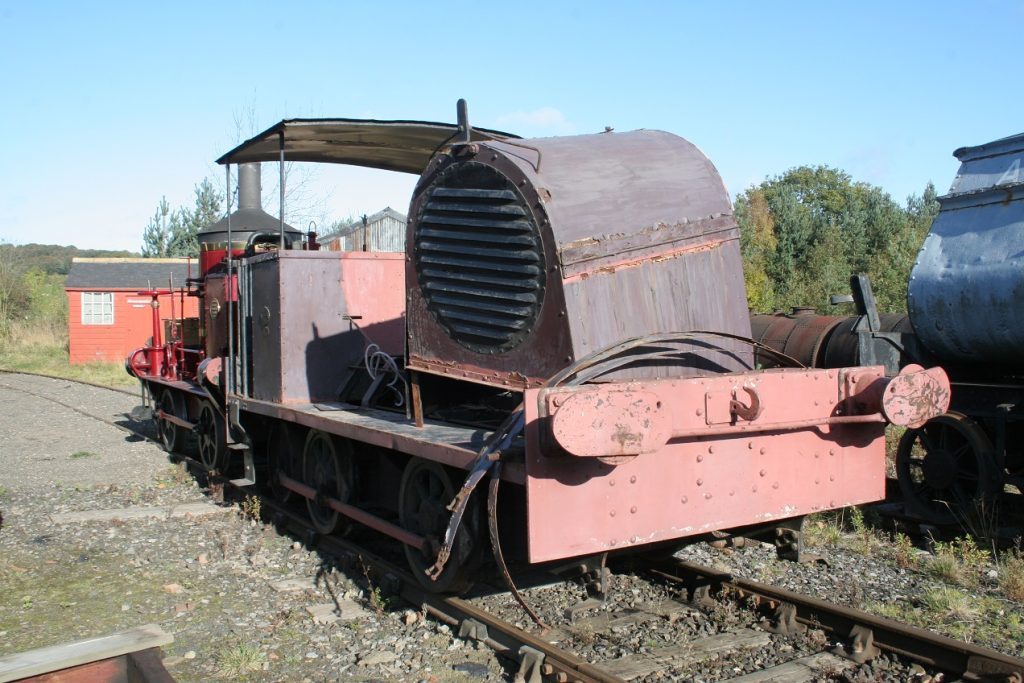
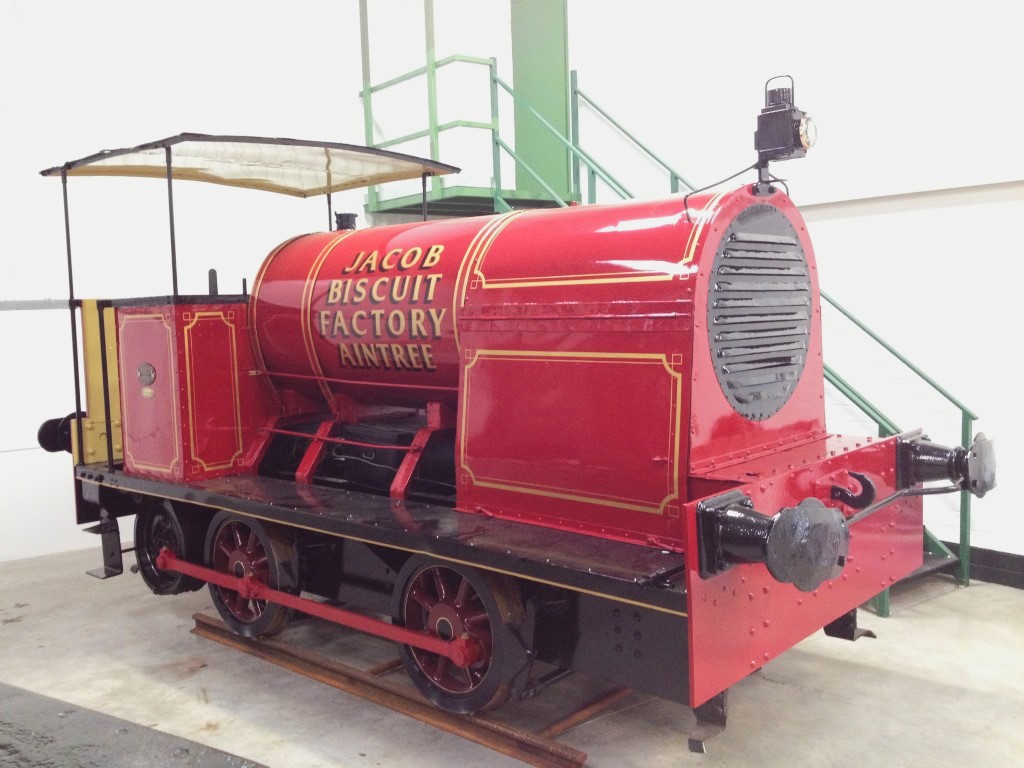
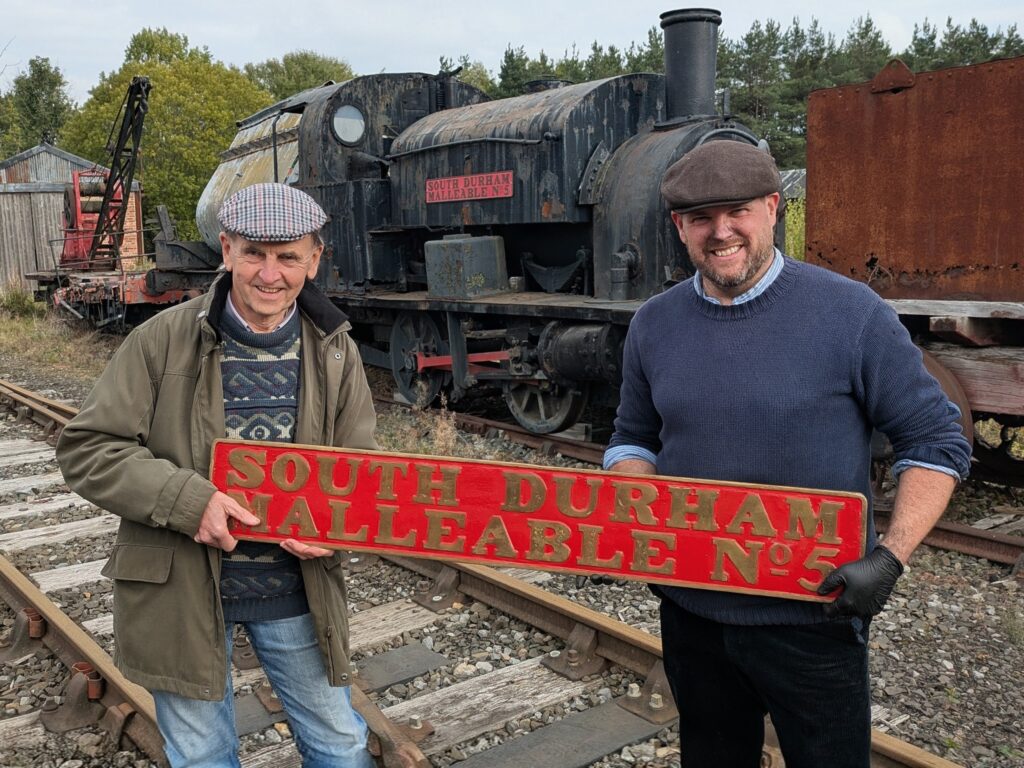
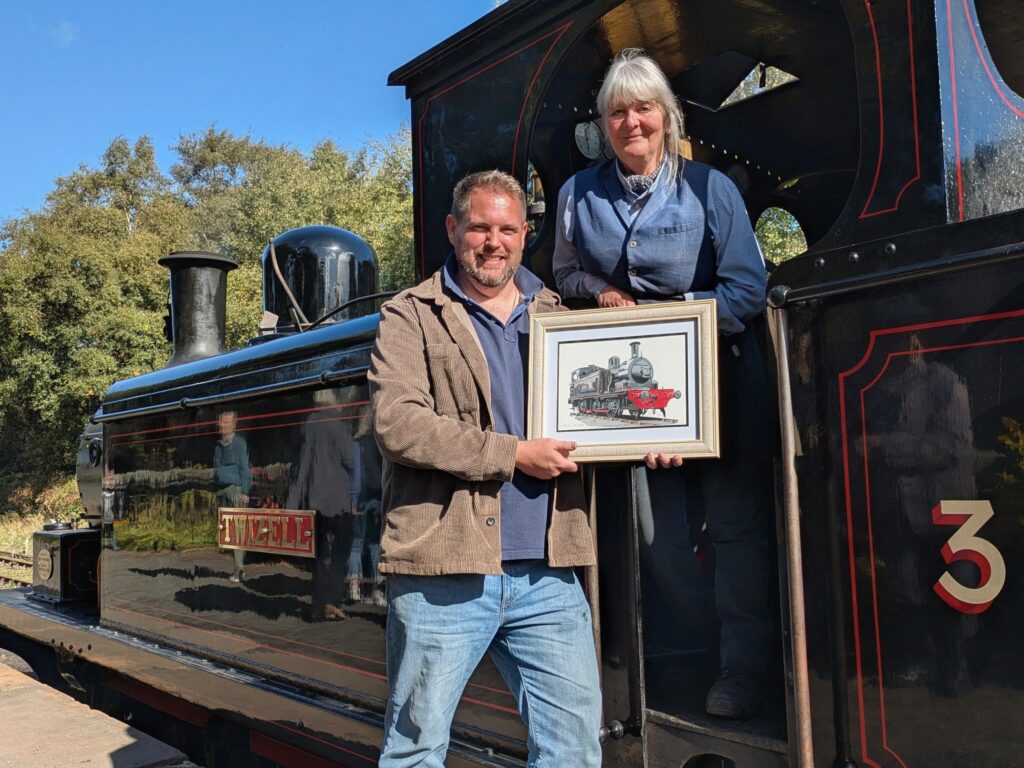
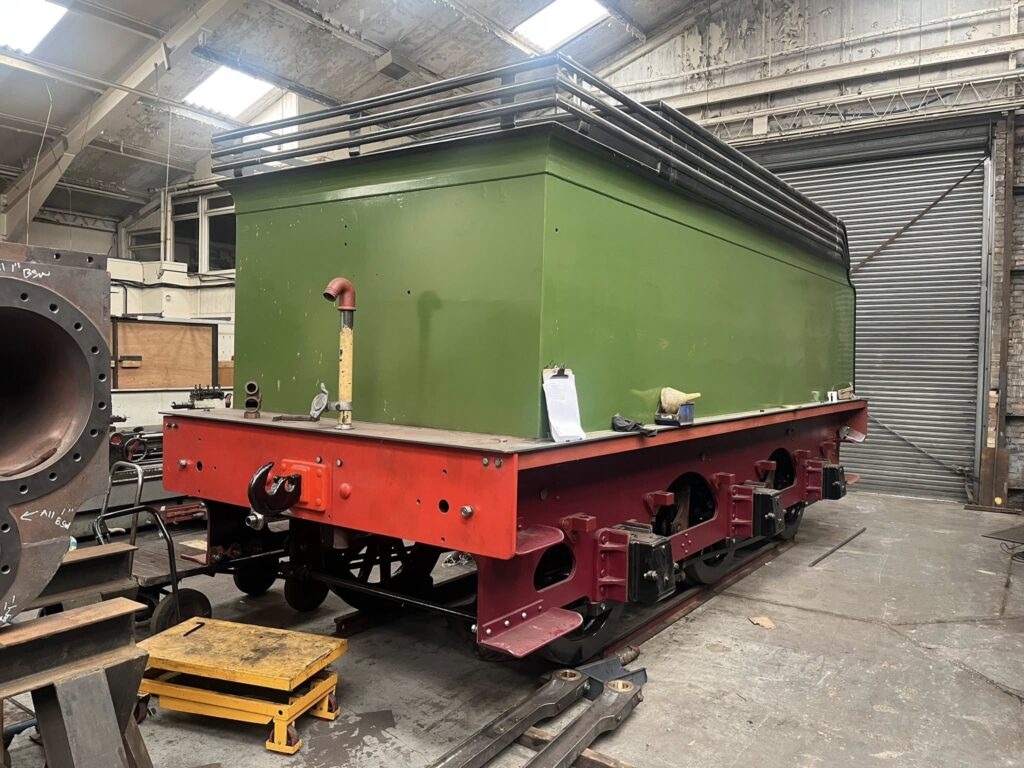
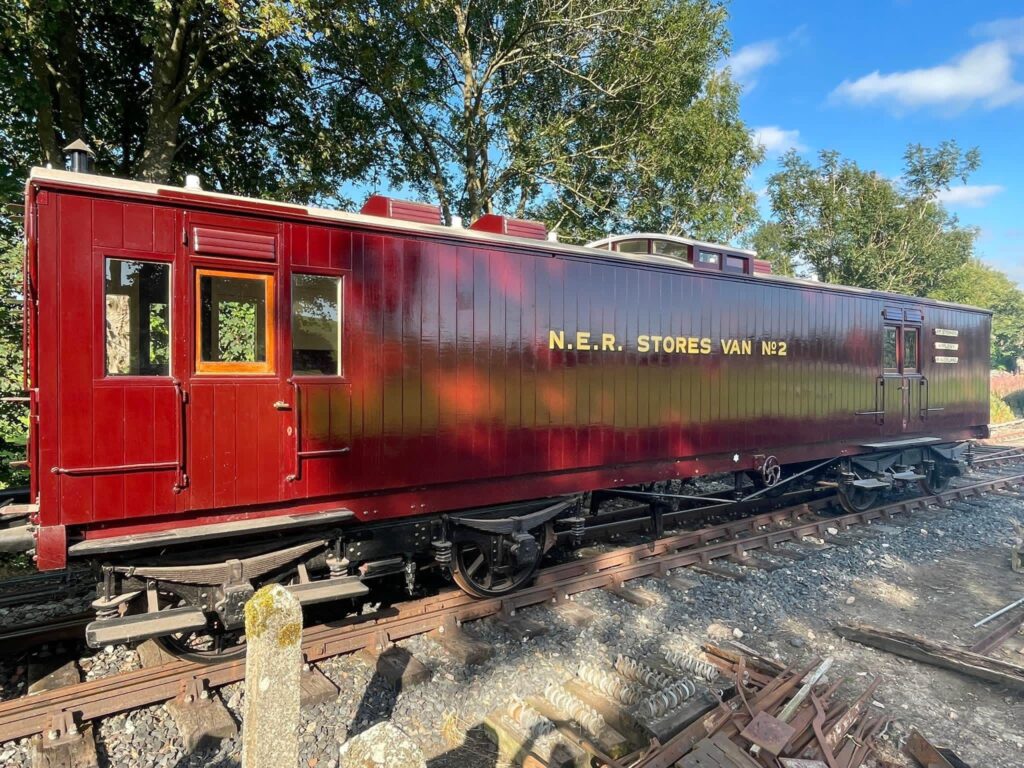


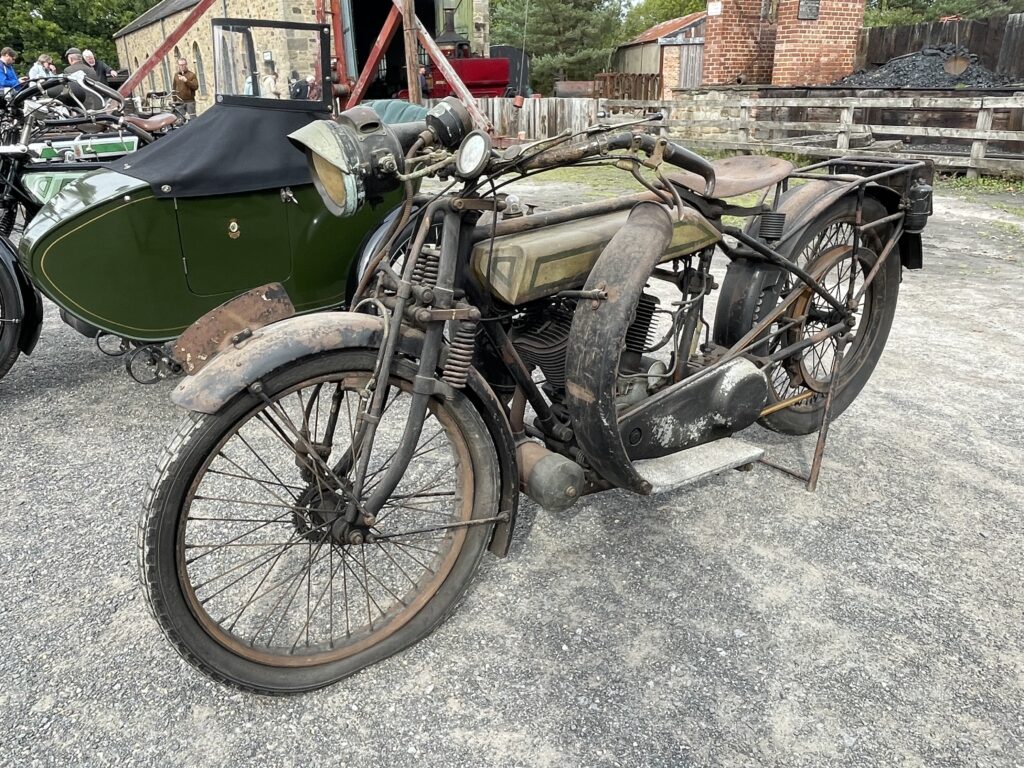
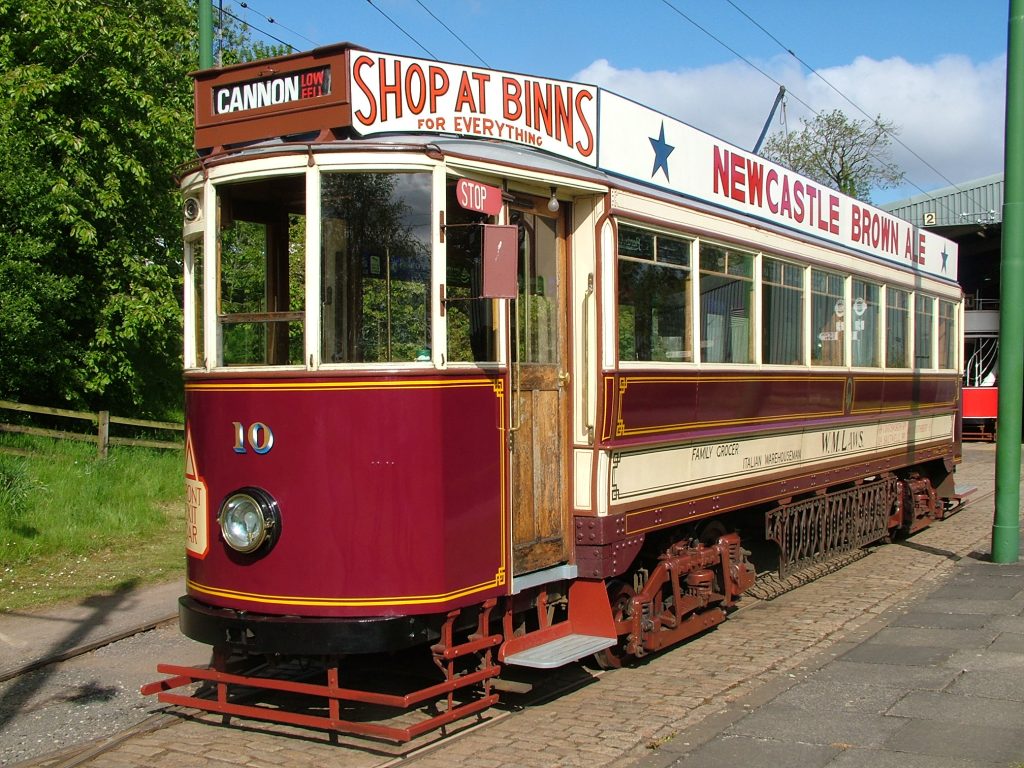
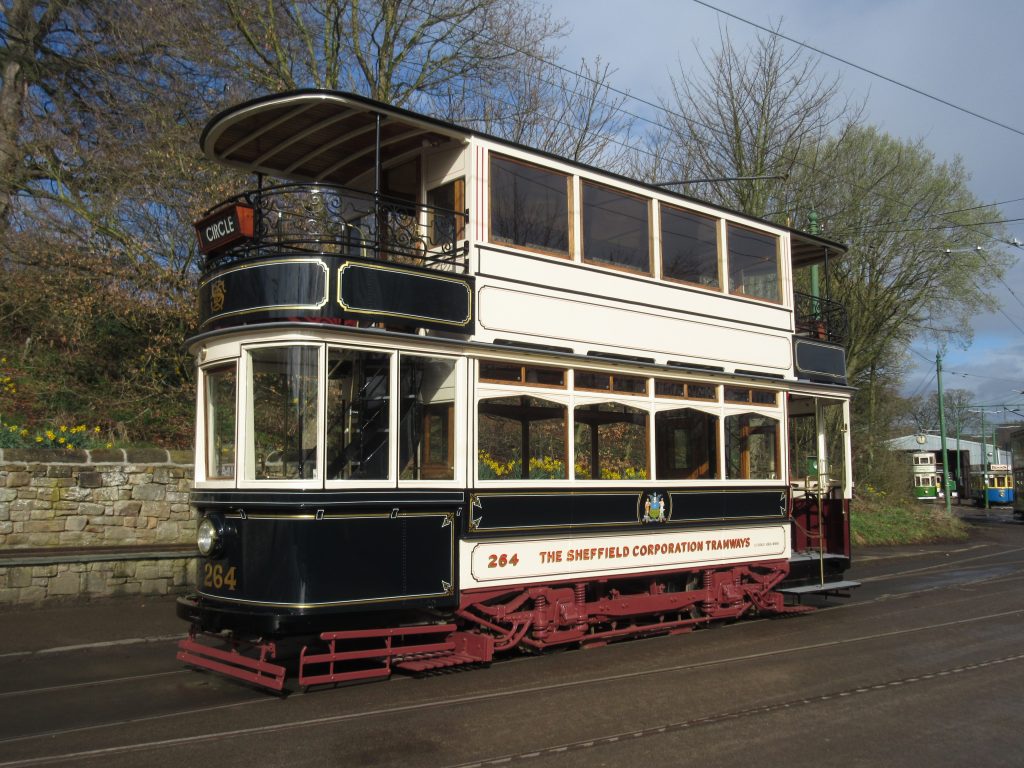





Many thanks Paul and as always enjoy the blog . we are overdue a visit charter wise. Practically I suspect it isn’t possible but I can always dream, it would be something to see a set of north east staithes recreated, and also a colliery loco workshop (think a mini philadelphia ) which maybe is one for Tanfield in time
Thanks so much for the explanation of the process Paul – always deeply interesting stuff. It’ll be strange seeing the yard without Malleable there, but I’ve no doubt it’ll have a bright future at Tanfield.